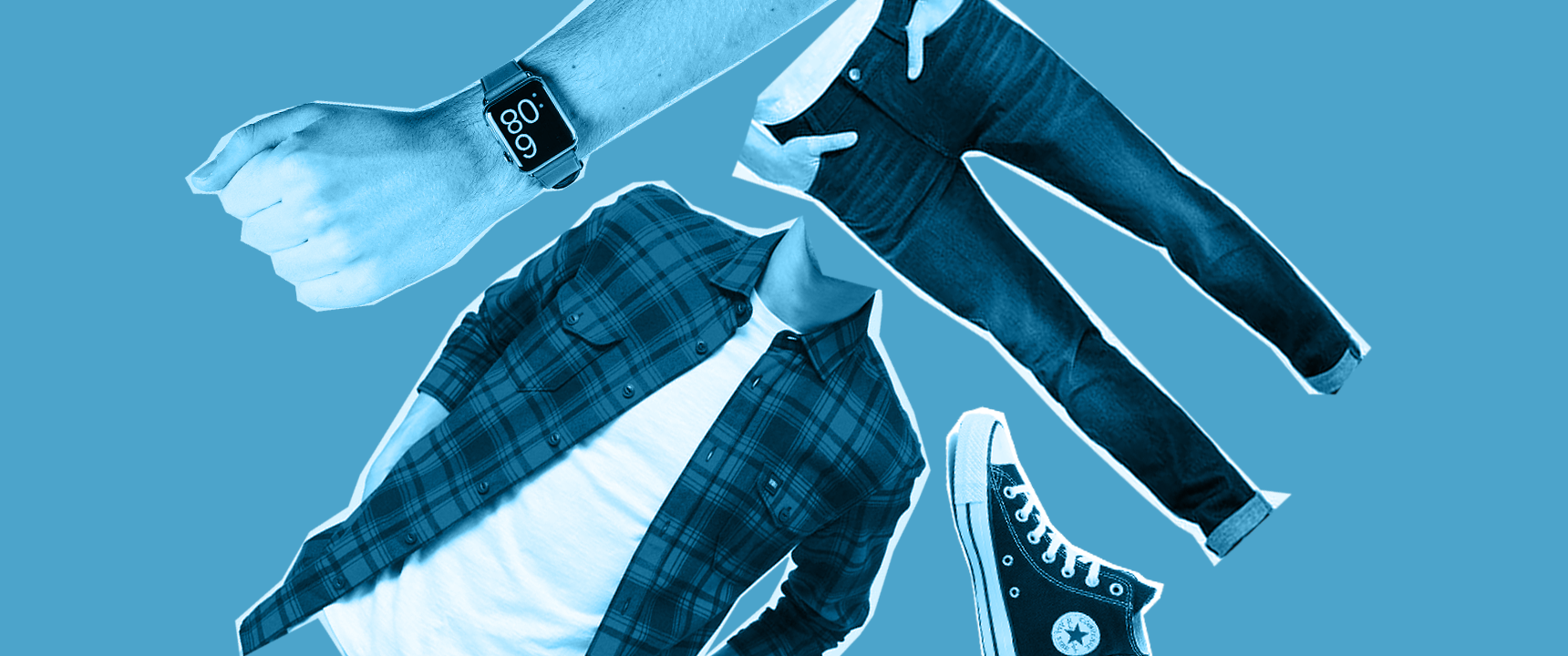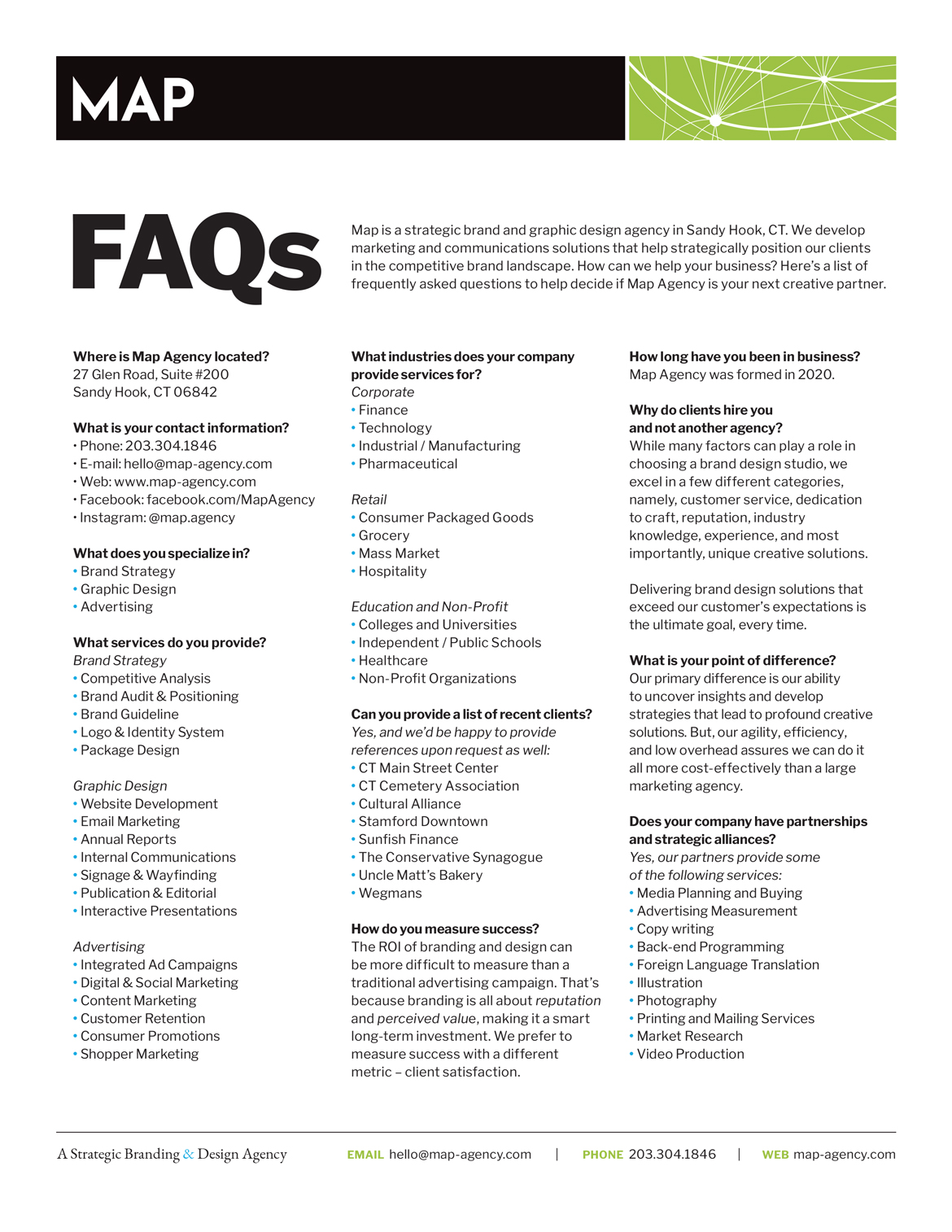What to wear, what to wear… Most professionals habitually ask themselves this deceivingly simple question each and every weekday morning. It’s a valid question, with a solution usually made infinitely easier by looking for helpful cues around the workplace; construction workers throw on jeans and work boots, accountants select between a black or blue suit, and nurses slip into their scrubs. Graphic designers, on the other hand, have had a difficult time throughout history defining an appropriately unique look, and have, for the most part, resorted to inheriting the fashion trends of other professions. In an industry whose practitioners solve complex visual problems on a daily basis, it might come as a surprise that the most perplexing visual problem is what to put on before heading to work. Even so, designers remain undoubtedly confused when it comes to personal attire, and this isn’t simply a problem of individual identity; evidence suggests the dress code conundrum has been an underlying crisis for an entire occupational demographic since graphic design’s inception.
In the 1920’s, around the time the term “Graphic Design” began bouncing around, Aleksandr Rodchenko was creating the bold, diagonal, and geometric layouts that, today, we easily recognize as the Russian Constructivist style. Seeking to create art that served society, the Constructivists discarded the printed page of subjective meaning, and utilized modern technologies of mass production to communicate on a purely functional level that was congruous with the post World War I political climate. Moreover, Rodchenko, along with his wife, Varvara Stepanova, and fellow Constructivist Aleksei Gan, insisted on working in what they considered a “factory” in their self-designed “production clothing.” The one-piece leather workman’s suit resembles one that a mechanical engineer might have worn, complete with ample pockets for tools. Seeking to part ways from their artistic backgrounds, they adopted a practical approach to personal garb. The suits not only helped to reinforce their utilitarian role as creators, but it also proves the desire to have a definable industry look. In retrospect, their industrial fashion cues might seem somewhat ironic, since it is well documented that they strongly felt their role was to serve society by acting as agents of social change. In other words, even though they thought of themselves as thinkers and communicators, the earliest graphic designers dressed more akin to assembly line workers.
By contrast, American graphic designers would take the converse approach to wardrobe four decades later. A recent pop culture phenomenon to pique the interest of graphic designers has been the hit drama series Mad Men, based on several 1960’s New York City advertising companies. The show strikes a familiar chord among our profession not only because of Don Draper’s brutally honest approach to selling advertising concepts, but also because of the cultural undercurrents including lifestyle, politics, language, personal identity, and, of course, fashion. Costume Designer Janie Bryant performed exhaustive research to replicate the wardrobes of Madison Avenue, from the partners and creative directors down to the office clerks. And the office attire is spot-on. Women wore skirts with long hem lengths, yet somewhat fit and provocative. For the men, narrow suits matched their crisp white shirts and thin ties—2 and a quarter inches, to be exact. The importance of fashion during this time period is hinted at during episode 8 of season 1. Lead Art Director, Sal, is out to dinner with a client, who refers to himself as the “prime target” of the restaurant, a “traveling salesmen.” Sal replies, “In that suit, I should say not,” suggesting that his suit demands occupational respect. Recall, this is Madison Avenue, New York City. Think Big Business. Obviously, advertising was big business in the late 50’s and early 60’s, and in order to get the look right, art directors borrowed their style sense from the businesses they dealt with—namely tobacco, film, and automobile companies. Presenting ideas to such powerful executives in anything less than a sharp suit and tie would have certainly been professional suicide.
Finally, it’s difficult to imagine how the practice of design would exist today without the Macintosh computer and its Graphical User Interface. Similar to the previous examples, Steve Jobs gave considerable attention not only to his revolutionary product, but also to his company’s sense of personal style. In the early 80’s, Jobs was so intrigued with the uniforms worn by factory workers at Sony and other Japanese technology companies that he proposed Apple employees should don their own. He insisted that uniforms would instill a sense of collaborative teamwork, and might even “bond” the workers to the company. Jobs went so far as to hire famed Japanese fashion designer Issey Miyake to design a black vest that could be both practical and somewhat stylish. Miyake was known to have a knack for using technology in his clothing designs. As you might have guessed, Jobs’ proposal was met with unanimous opposition. As he recalls, “Oh man, did I get booed off the stage. Everybody hated the idea.” Good intentions aside, it seems absurd to assume that any American would allow themselves to be subject to a socialist fashion regimen, especially during the height of the Cold War. Jobs, on the other hand, came away with his signature look—blue jeans, round glass, and of course, his iconic black turtleneck. Simplicity has been the established norm for art directors ever since.
With most offices adopting a “business casual” attitude towards dress, it’s plausible that the modern design dress code has basically been watered down to parody. Of course, location is also a variable that needs to be considered when making such accusations. A designer in a New York ad agency is likely to dress more formally than one at a young Cupertino company such as Facebook. Either way, let’s play a quick game called, “Where in the bar is the designer.” See anybody who looks like he just came out of a forest after a long day of chopping down trees? Well, he didn’t. How about the girl wearing the Buddy Holly glasses? The guy in the sport coat seems to fit in, until you look down and notice that he’s wearing Chuck Taylors. Each of the individuals described above are graphic designers – they wear clothing that is similar to other office professionals, but there is usually something slightly off. Try to think of the items that are slightly off as “visual signifiers.” Put all of these signifiers into what I call my “Graphic Analytical Processor,” otherwise known as the GAP, and you can successfully pinpoint any designer in just about any location. This isn’t magic, it’s science, and it makes perfect sense. Because the industry celebrates creativity and originality, designers wear articles of clothing that heighten their sense of individuality.
Working to create communications that deliver a client’s message day in and day out, designers understand the important of a well-defined brand. By selecting a style with visual cues that are easily identifiable, designers can let non-designers know exactly who they are and what they do. However, by selecting from a limited number of signifiers, stereotypes can also be affirmed. Like cattle owned by the same rancher, creative professionals are branded with their respective stylish, or lack thereof, decisions. Don’t fret though. Designers have been trying to define a sense of fashion since the very birth of our profession, and we’ve come a long way. We just haven’t quite figured it out yet.

